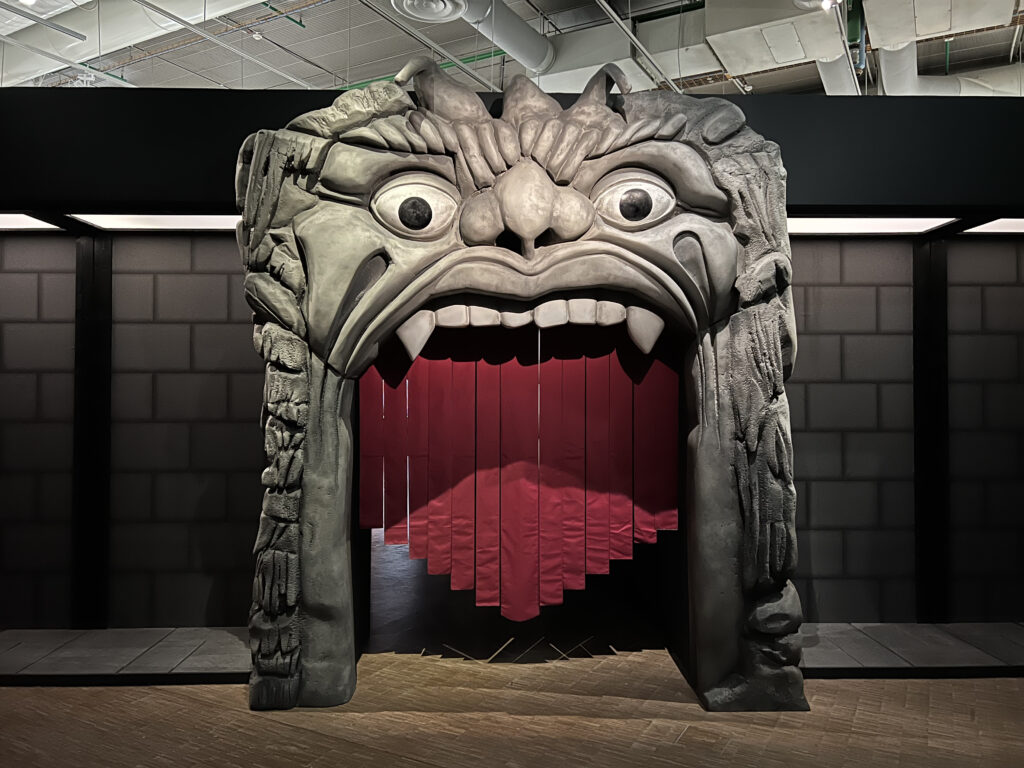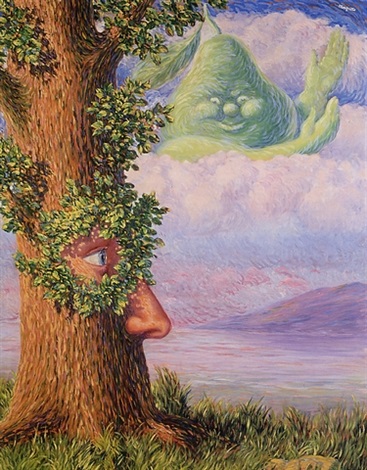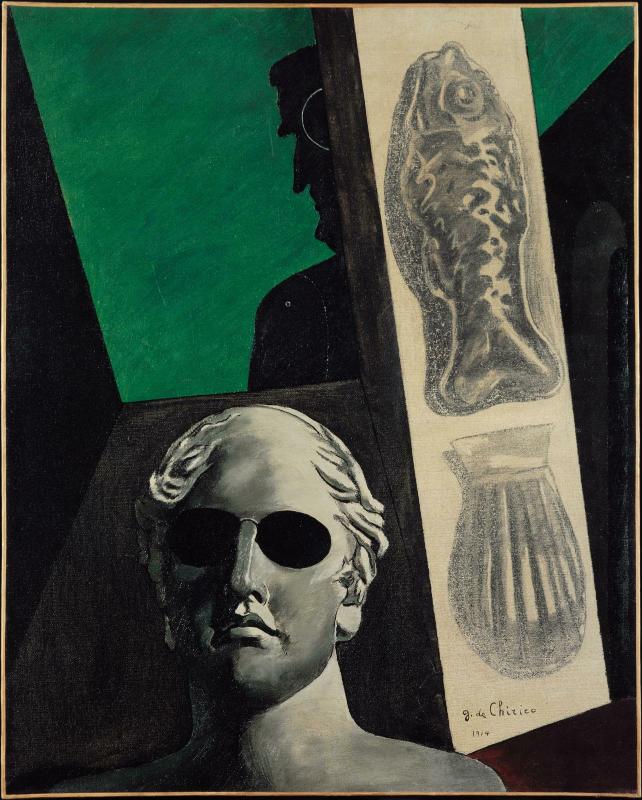Beyond Magritte, de Chirico, and Maar, the exhibition revisits the plurality of surrealism’s forms, offering a comprehensive overview of the artistic explorations that disrupted traditional art codes in the 20th century. By including female and international works, the exhibition emphasizes the central role of women and exiled artists, often rendered invisible by the official history of surrealism, such as Remedios Varo and Leonora Carrington. In paying tribute to these major figures, the Centre Pompidou offers a fascinating dive into the complex and unsettling world of surrealism, a movement that, 100 years after its birth, continues to captivate and provoke.
The exhibition "Surrealism" at the Centre Pompidou, running until January 13, 2025, celebrates the centenary of one of the most influential artistic movements of the 20th century. Bringing together over 500 works by major artists, the exhibition is a rich and abundant tribute to the diversity of forms taken by surrealism, encompassing explorations of the unconscious, dreams, and the subversion of established conventions. Through a labyrinthine journey, visitors encounter iconic works as well as lesser-known discoveries, highlighting the complexity and global reach of the movement.


One of the stars of this exhibition is René Magritte, whose work profoundly shaped the collective imagination. His paintings, often characterized by a subtle interplay between reality and illusion, invite viewers to question their perception of the world. Magritte, who frequently fused ordinary objects in unusual contexts, unsettles viewers with works like The Son of Man or The Lovers. His surrealist canvases question identity and reality in a playful yet philosophical way, with a disturbing and enigmatic clarity. At the Centre Pompidou, visitors can see some of his works, including Alice in Wonderland (1946). This piece reflects his taste for visual and conceptual détournement: objects metamorphose, and the familiar becomes strange, forcing the viewer to question what they see. This trompe-l'œil technique, characteristic of his style, is magnified in this painting, which captivates with its mystery. The figure of Alice, in a world in constant transformation, resonates with the themes dear to surrealism: imagination, the unconscious, and the absurd.
Giorgio de Chirico, often regarded as a precursor to the movement, is also featured prominently. His work, at the crossroads of surrealism and metaphysical art, is known for its enigmatic, depopulated urban landscapes, populated by antique statues and ominous shadows. Paintings such as The Song of Love or Mystery and Melancholy of a Street showcase his use of perspective to create a sense of mystery and disorientation. De Chirico influenced many surrealists, particularly through his ability to evoke the strangeness of the everyday and to stir a sense of unfamiliarity in seemingly ordinary scenes. In the exhibition, he is represented by Premonitory Portrait of Guillaume Apollinaire (1914). This work, created on the eve of World War I, is often seen as an anticipation of the poet’s tragic fate, wounded in battle and bearing an eye bandage. Apollinaire, a key figure in the artistic life of the time and a strong supporter of surrealism, is depicted with rigid geometric shapes, bathed in a metaphysical atmosphere. This premonitory portrait enhances the mystery of the work, in which de Chirico skillfully blends reality and imagination, a central theme of the exhibition.


Among the female artists highlighted, Dora Maar occupies a prominent position. Long overshadowed by her relationship with Pablo Picasso, Maar is now recognized for her own body of work, particularly in photography. She contributed to giving surrealism a more engaged face, focusing on the human condition and the psychological complexity of individuals. Her photomontages and surrealist portraits, often marked by a sense of disorientation, explore the ambivalence between reality and dreams, while adding a feminist dimension. Her series of distorted portraits, such as those from 29 rue d'Astorg, are part of the pieces on display, underscoring the importance of her contribution to the movement, while re-evaluating her role in art history.



